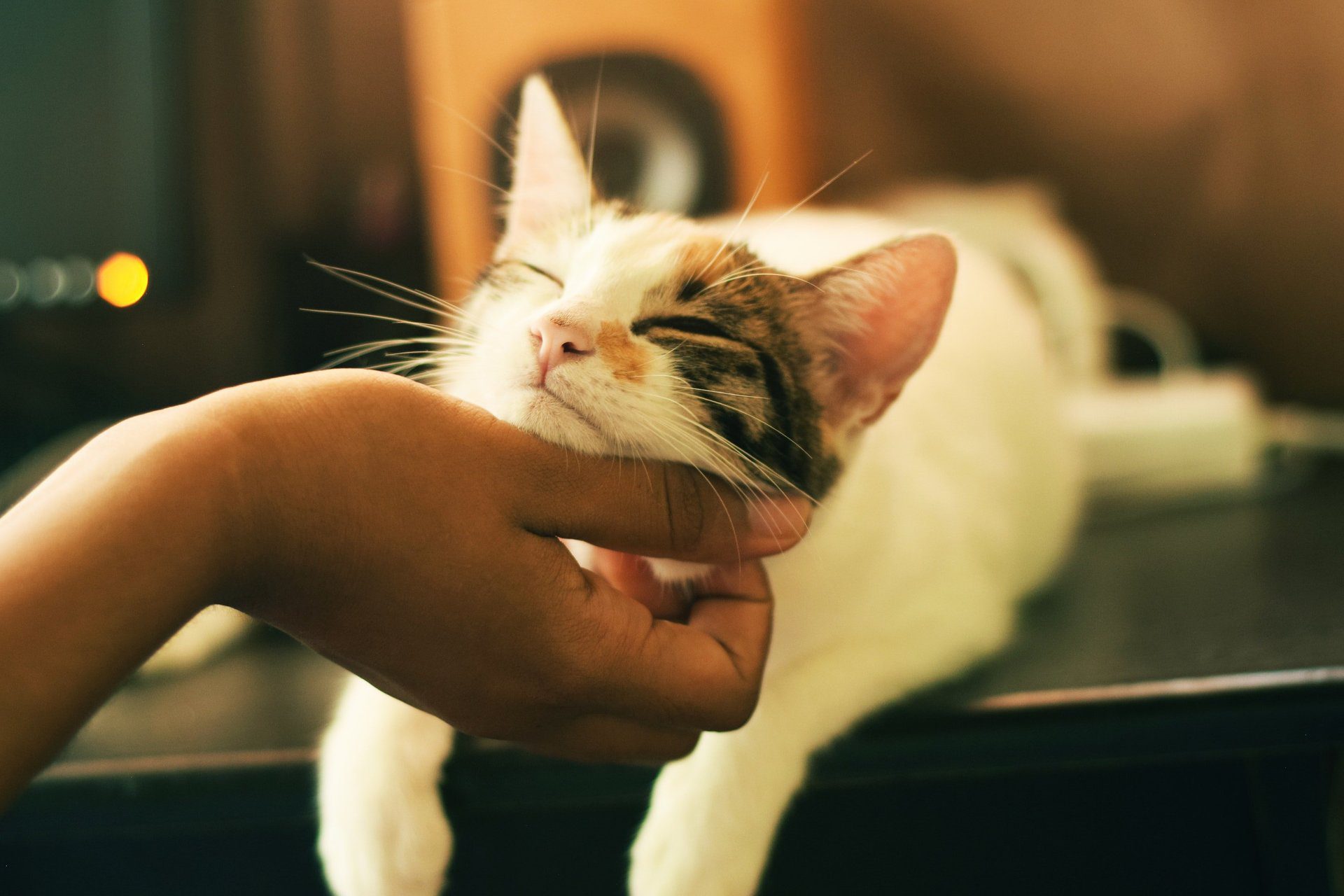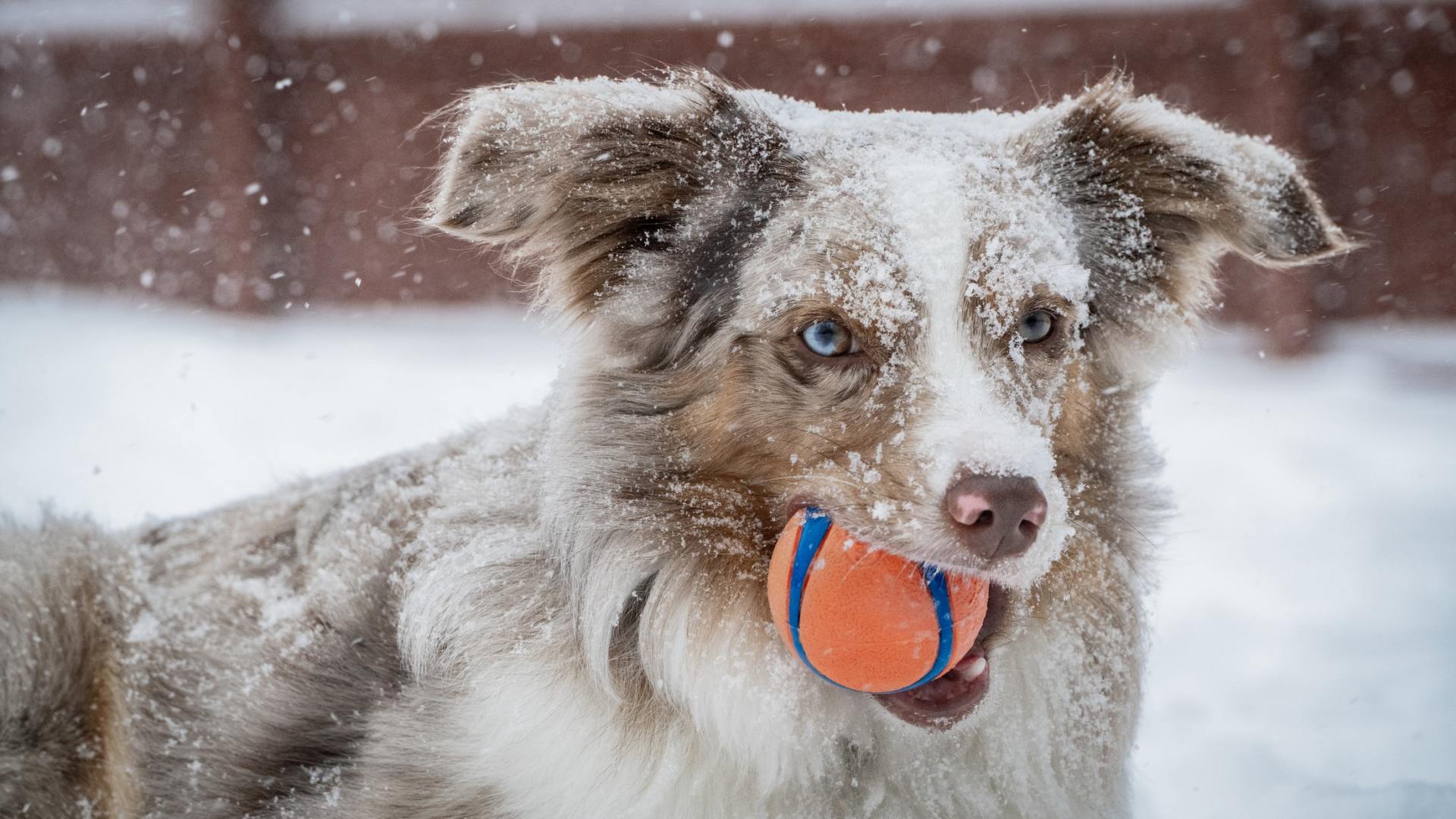Spotlight on the Salty Licorice Kitty
Attention feline fans: Introducing the new cat in town! The Salty Licorice Cat wears a gorgeous coat that is in line with current fashion trends. These lovely kitties, also known as salmiak cats (salted licorice cats), have ombre, or gradient, colored fur with a lot of black at the roots and white at the ends. Continue reading to learn more about this cute cat from a local Burlington, ON veterinarian.
Why is Fluffy known as the Salty Licorice Cat?
The cats are named after a popular Finnish delicacy. It is, as one might guess, made of licorice covered in salmiak salt. The treat, sometimes known as salmiak liquorice or salmiac licorice, is popular in Scandinavia, the Benelux region, and northern Germany.
What do Salty Licorice Kitties Look Like?
Fluffy resembles a tuxie cat, except that the dark parts of her coat are flecked with white. While Salmiak cats’ darker fur is often black, these pretty kitties might have blue, brown, or tortoiseshell coats with the odd pattern. These cats’ tails are usually white or partially white. Fluffy’s eyes are typically a beautiful green or yellow color.
Where Did The Salty Licorice Cat Come From?
Fluffy hails from the Finnish hamlet of Petäjävesi. The village is located in a scenic area and is well-known for its lakes, farms, and an 18th-century wood-log church—or perhaps it was. The Salty Licorice cat must now be added to the town’s list of famous locals, must-see attractions, and fascinating residents. Fluffy is descended from the area’s stray and feral cats.
What Year Was the First Salty Licorice Kitten Born?
We’re unsure who spotted or adopted the Salty Licorice Cat. Fluffy rose to prominence in 2007 after it came to light that several of Petajavesi’s cats have a rather avant-garde kitty fashion sense.
At first, nobody knew whether the cats would be able to breed because all feral felines of that unique color had been fixed. The mystery was solved when one was spotted giving birth to some adorable kittens.
Why Does The Salty Licorice Cat Have Such Unusual Fur?
Genetics is the answer to that one. Hannes Lohi, a geneticist at the University of Helsinki, is credited with spearheading the formal research, which was conducted by geneticists and animal rights advocates.
Lohi’s team investigated five Salty Licorice cats. They discovered that none of the cats had the precise gene changes that are often responsible for white fur. These changes are also strongly associated with deafness, which explains why so many white dogs have hearing loss. They then sequenced the cats’ whole genomes and discovered a unique mutation in a gene called KIT. This gene is also linked to piebaldness in horses and other animals. The researchers then added 178 other cats with normal hair to the study, along with the five Salmiak cats. All Salmiak kittens carried two copies of the relevant gene variation, now termed w-sal or salmiak. Several other cats have a copy. Because the gene is recessive, none of the carriers could wear Salmiak hues or patterns.
The findings were published in May in the journal Animal Genetics.
Is The Salty Licorice Cat A New Breed Of Cat?
As of yet, Fluffy is not recognized as a new breed. The name pertains to the hue of her coat. This also applies to many other cats, including tabbies and tuxedos.
Is Licorice Safe for Cats?
Licorice is not a treat that we endorse. However, it presents no threat to our feline companions, aside from the possible risk of a kitty choking on a larger piece. In fact, studies suggest that it has anti-inflammatory qualities and may help cats with respiratory problems. However, more research is needed. In any case, do not give your furry friend any herb or prescription unless your veterinarian specifically instructs you to do so.
Putting that aside, some cats appear to be fond of the flavor of licorice. However, Fluffy is more likely to be drawn to the texture or aroma. Cats have a DNA quirk that prevents them from tasting sweets. Of course, some kitties appear to have missed that memo, since cats have been reported to adore cake, cookies, and donuts. Fluffy likely prefers the fat content. It would be great to enjoy a donut with your cat, but you should avoid giving your cat any sweet foods. Not only are they heavy in sugar, but many include xylitol, often known as birch sugar, which is toxic to cats.
Ask your vet for more information on giving your feline friend treats.
What Is The History Of Salted Licorice?
These little black candies first gained popularity in the 1800s. Danish candymakers Galle and Jessen are credited with developing and launching what has certainly become a long-lasting food fad. You have to admit that settling up on a snowy night with a purring kitty and a dish of sweets sounds really cozy!
There are numerous recipes available online. These are essentially minor variations on the same underlying concept.
A typical recipe is as follows:
In a saucepan, combine eight tablespoons unsalted butter, 1 cup sugar, 1/2 cup sweetened condensed milk, 1/4 cup blackstrap molasses, and 1/8 teaspoon kosher salt. Bring to a boil. Then, remove from the heat and add one-half cup dark corn syrup, three-quarters cup whole wheat flour, one and a half tablespoons anise essence, and a half teaspoon black food dye. For a healthier option, replace heavy cream with condensed milk and brown rice syrup with dark corn syrup. Pour onto a parchment-lined pan, let cool for 30-45 minutes, then remove and shape. Don’t forget to sprinkle it with salt! You’ll want to let it cool again after.
If you want to make these goodies, go the extra mile and get a mold to make them kitty-shaped. You can even call them katjes, which is their Finnish name. In fact, some candy businesses are already doing this!
Are Salty Licorice Cats Expensive?
It’s hard to say right now. These lovely cats are still quite uncommon. And, as far as we know, they have not yet left Finland. While we have to admit that the Salted Licorice kitties are gorgeous, as animal lovers we are unofficially obligated to raise awareness about the negative aspects of the designer breed trend. That, unfortunately, is a contributing factor in ongoing problems such as pet overpopulation, hoarding, and neglect. The saying ‘Adopt, don’t shop’ certainly fits here. Our feline companions make excellent pets, regardless of color! There are many sweet, sociable felines in shelters looking for a home!
Conclusion: The Salted Licorice kitty is not a new breed, but rather a new coat color. The kitties resemble tuxedo cats, except that the darker parts of their coats are ‘frosted’ or ‘salted’ with white. These adorable, fashion-forward felines are native to the Petäjävesi region of Finland, and are named after a popular local snack: salted licorice.
Schedule an Appointment with Your Burlington, ON Pet Clinic
Does your feline companion require a check-up, immunizations, or parasite control? Has it been a while since your cat came indoors? Please contact us, your local Burlington, ON pet clinic, for all of your cat’s veterinary care requirements. We are always happy to help.




